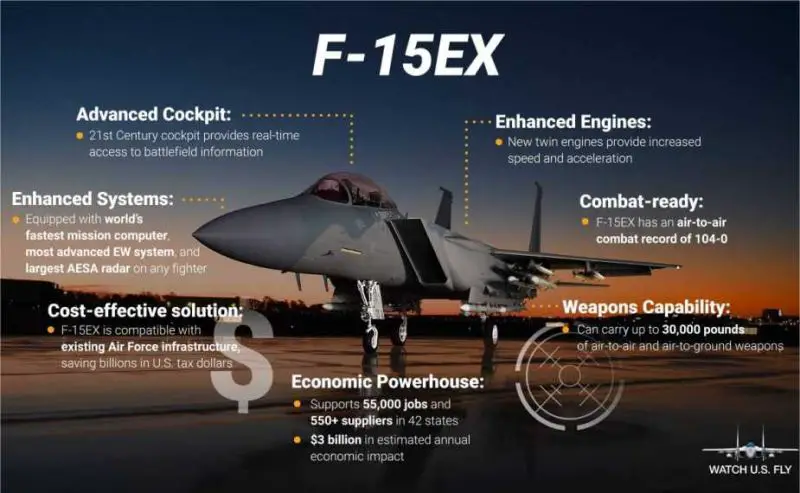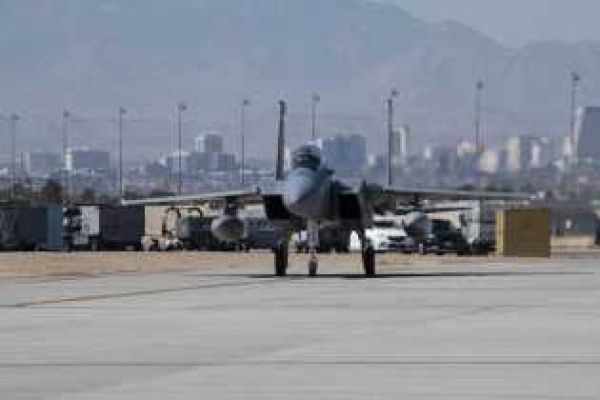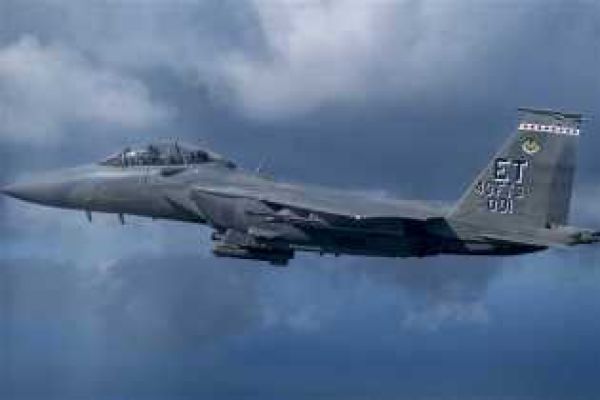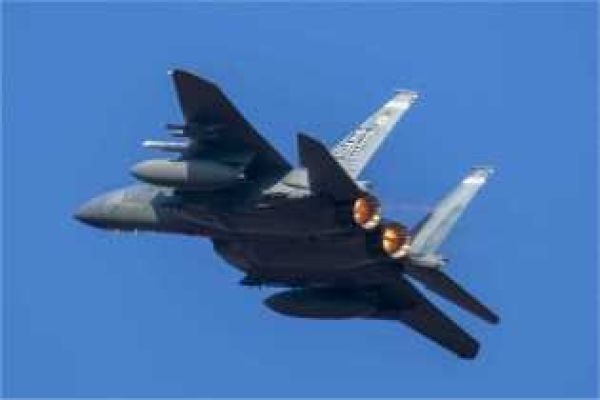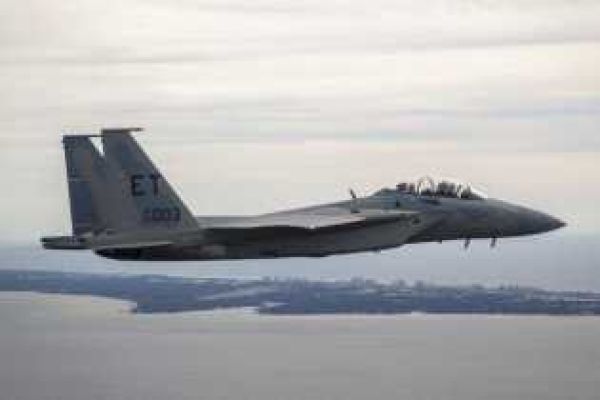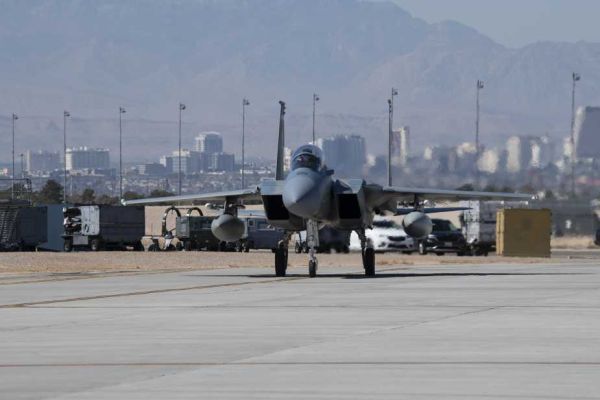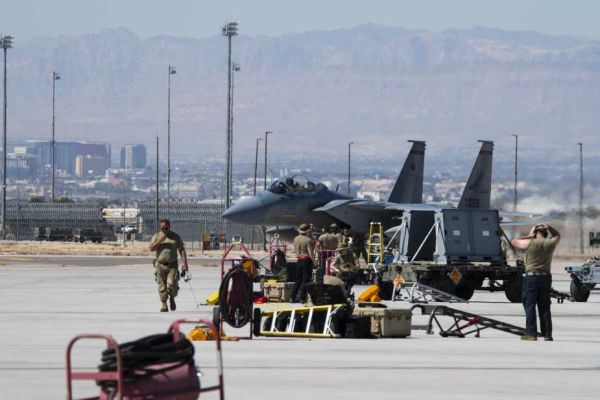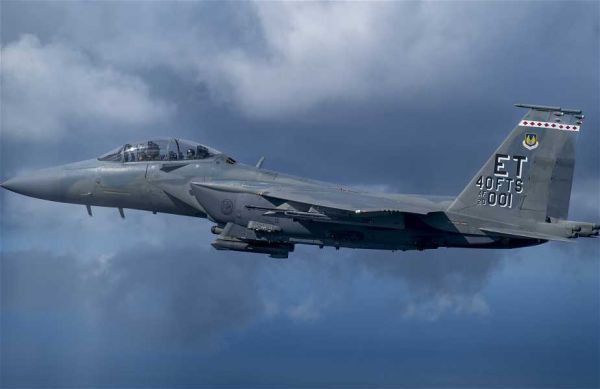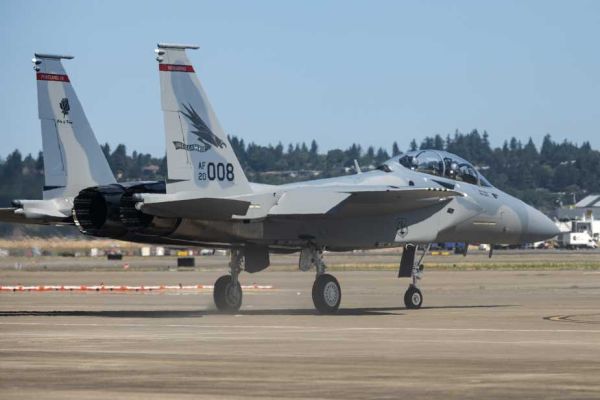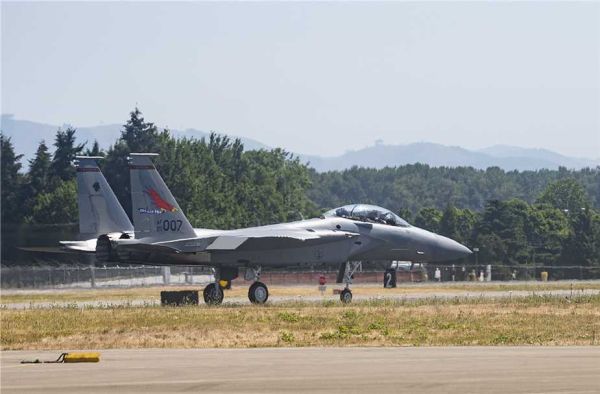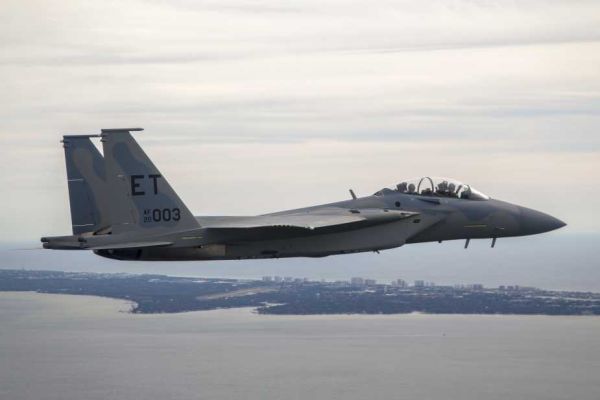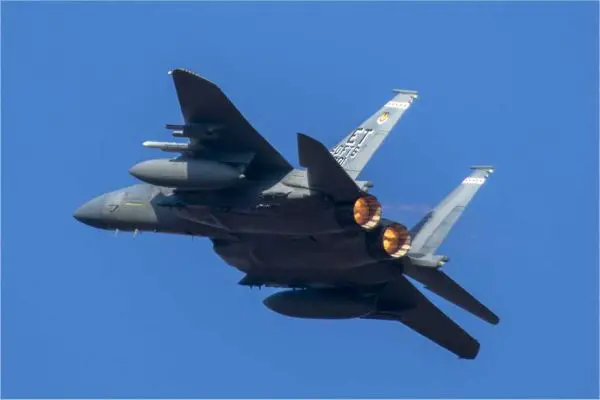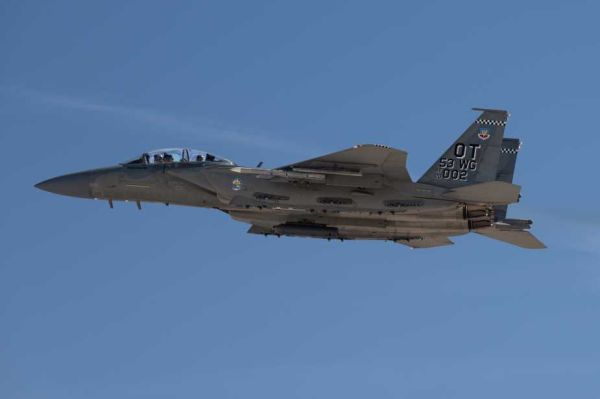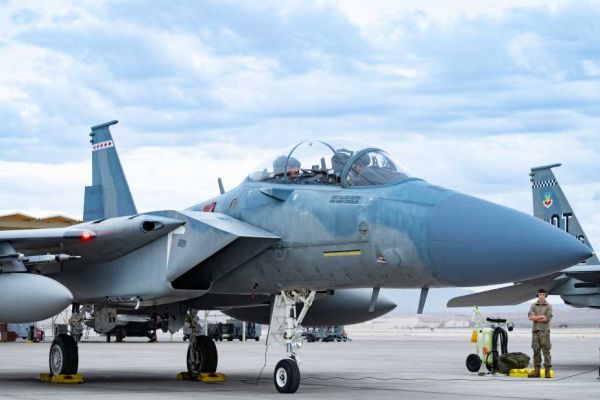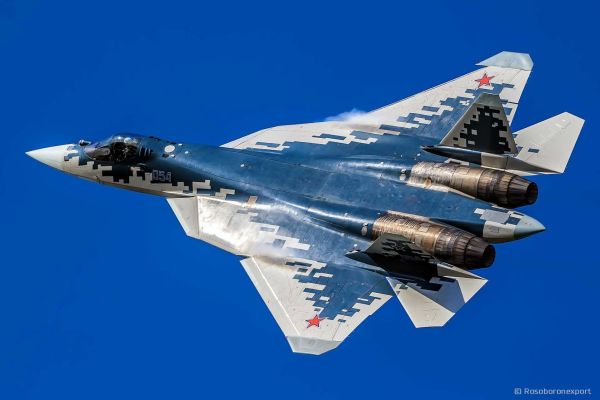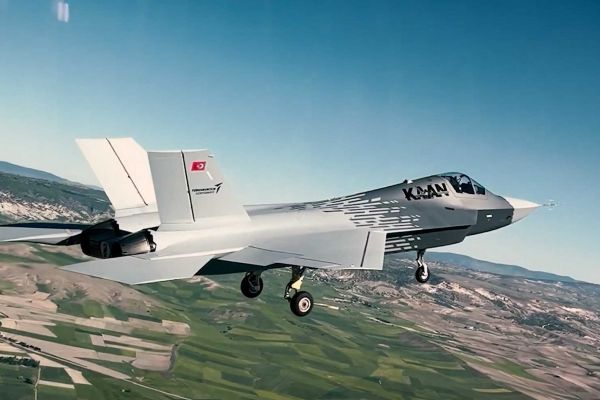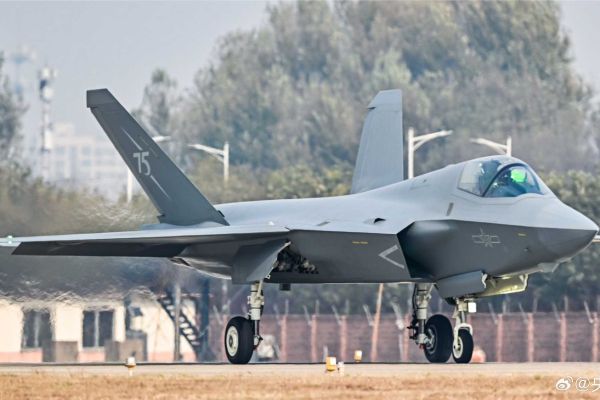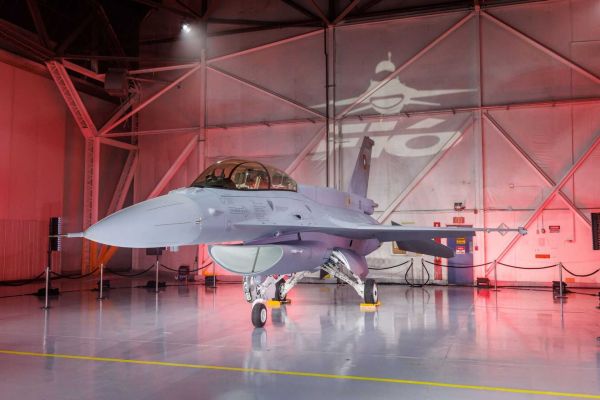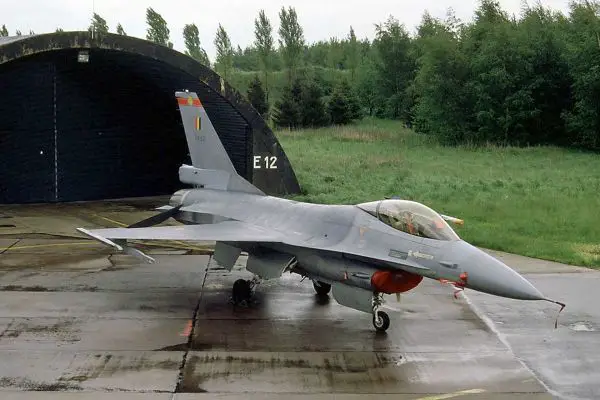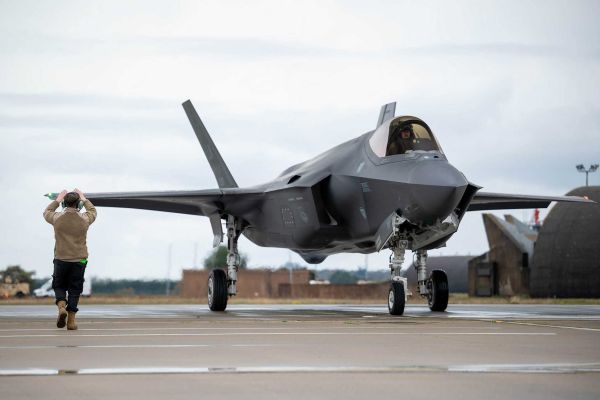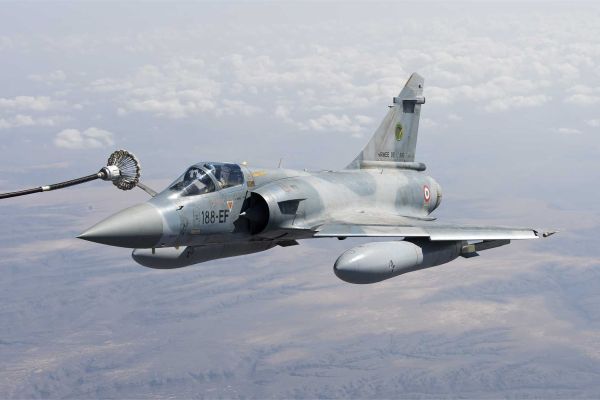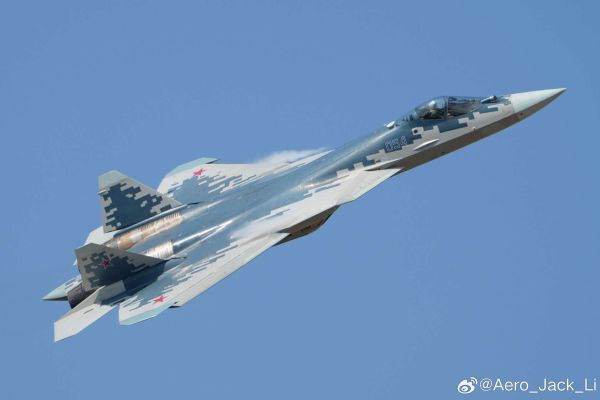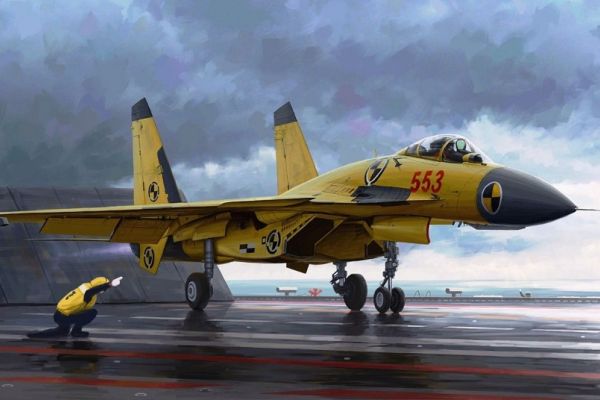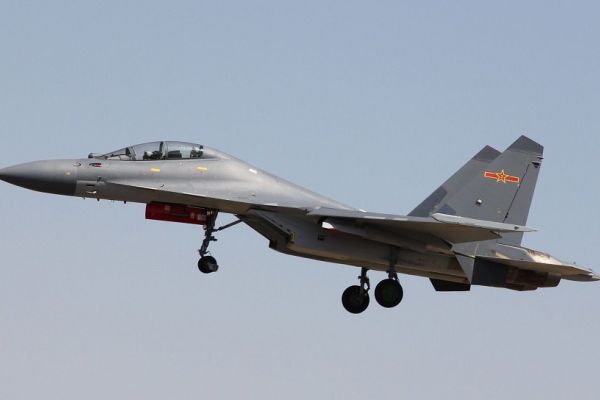Fighter.
F-15EX Eagle II.

The Boeing F-15EX Eagle II is an advanced multirole combat aircraft designed and manufactured by Boeing Defense, Space & Security in the United States. It represents the latest and most capable variant of the legendary F-15 fighter series, incorporating modern avionics, digital architecture, and increased payload capacity. Tailored for the U.S. Air Force, it is intended to replace aging F-15C/D aircraft and serve as a highly adaptable platform for air superiority, homeland defense, and long-range strike missions.
Country users: United States
Description
The F-15EX is a next-generation twin-engine, two-seat multirole fighter derived from the F-15 Advanced Eagle design lineage. It draws heavily on development work undertaken for the F-15SA for Saudi Arabia and the F-15QA for Qatar. Initiated in 2018, the program benefited from an active export production line, which reduced development costs and accelerated delivery timelines. The aircraft conducted its maiden flight in February 2021, was officially delivered to the U.S. Air Force on 11 March 2021, and achieved Initial Operational Capability (IOC) in July 2024 with the Oregon Air National Guard.
The Eagle II is engineered to perform a wide variety of missions, including air superiority, offensive counter-air, deep strike, and command-and-control roles. It supplements fifth-generation fighters like the F-22 and F-35 by carrying large stand-off munitions and hypersonic weapons. It was officially named “Eagle II” on 7 April 2021. The Fiscal Year 2021 defense appropriations bill funded 12 units for $1.23 billion, and although 144 aircraft were initially planned, the fleet size was later revised to 80 units by May 2022. However, the FY2024 budget proposed procurement of an additional 24 airframes, potentially bringing the total to 104.
According to information published by the U.S. Department of Defense on June 26, 2025, senior U.S. military and defense leaders presented the national defense budget proposal for fiscal year 2026, valued at $1.01 trillion, during a detailed briefing at the Pentagon. A key highlight of the proposed budget is a substantial allocation of $3.1 billion for the continued procurement of the Boeing F-15EX Eagle II multirole fighter aircraft, supporting the acquisition of 21 additional airframes.
F-15EX Eagle II variants:
- F-15EX Lot 1: These are the initial production aircraft (the first eight), delivered without conformal fuel tanks and some systems configured differently due to availability and timeline. They serve primarily for testing, evaluation, and early operational capability.
- F-15EX Lot 2 and onward: Starting with this batch, the aircraft includes more refined systems integration, missionized rear cockpit for WSO operations, and in the future, may integrate conformal fuel tanks and enhancements based on feedback from initial operational testing.
Technical Data
-
Design,
The F-15EX is structurally derived from the F-15E Strike Eagle but incorporates numerous enhancements. It features a reinforced airframe with a 20,000-hour service life, a redesigned wing structure, and a digital fly-by-wire control system replacing the earlier hybrid design. This system not only eliminates flutter-induced restrictions but also allows the activation of two additional wing pylons. The Advanced Eagle's cockpit accommodates one or two crew members—either a solo pilot or a pilot and a weapon systems officer—depending on mission complexity.
Physically, the F-15EX measures 19.45 meters in length, has a wingspan of 13.05 meters, and stands 5.64 meters tall. Its wing area totals 56.5 square meters. The airframe supports conformal fuel tanks along the fuselage for extended range without occupying external hardpoints. Although heavier than earlier models due to structural strengthening, the digital flight control system and high-thrust engines grant superior maneuverability, enabling aggressive handling without angle-of-attack limitations. The cockpit includes a modern layout with 25 cm by 48 cm large-area color displays for both pilot and WSO, powered by the ADCP II mission computer. Its open-systems avionics architecture allows rapid integration of future upgrades, weapons, and sensors.
-
Armament
The F-15EX carries the highest weapons load of any U.S. fighter, with a total external payload capacity of 13,400 kilograms across 23 hardpoints. In air superiority configurations, it can mount up to 12 air-to-air missiles, including AIM-120 AMRAAM and AIM-9X Sidewinder. With AMBER racks and CFT stations, its potential configuration may include 16 AMRAAMs, four Sidewinders, and two AGM-88 HARMs, although this loadout has not been fielded operationally. The standard internal cannon is the 20 mm M61A1 Vulcan rotary gun with 500 rounds.
For precision strike missions, the aircraft supports an extensive range of guided munitions, including up to 16 GBU-39 Small Diameter Bombs, 2,000-pound JDAMs, and AGM-158 JASSMs. It is also capable of employing the hypersonic AGM-183 Air-launched Rapid Response Weapon (ARRW), underscoring its utility as a stand-off weapons truck to augment stealth platforms. The flexible weapons architecture enables the F-15EX to conduct simultaneous air-to-air and air-to-ground engagements in high-threat environments.
-
Engine
The F-15EX is powered by two General Electric F110-GE-129 afterburning turbofan engines. Each engine delivers 131 kilonewtons of thrust with afterburner (approximately 29,500 pounds-force), enabling the aircraft to reach a top speed exceeding Mach 2.5. The aircraft's climb rate surpasses 15,240 meters per minute and the maximum service ceiling is over 18,000 meters. Its thrust-to-weight ratio approaches 0.93 at full combat load.
The internal fuel capacity is approximately 6,150 kilograms, which can be expanded to 16,100 kilograms with the use of conformal and external tanks. The combat radius is around 1,270 kilometers, and the ferry range can exceed 3,900 kilometers. These figures allow the F-15EX to project power over extended distances and remain on-station longer than many contemporary fighter platforms.
-
Avionics and Onboard Equipment
Despite lacking stealth shaping, the F-15EX compensates with a sophisticated electronic suite. The core sensor is the Raytheon AN/APG-82(V)1 AESA radar, combining the antenna of the APG-63(V)3 with the processor from the F/A-18E/F's APG-79, allowing simultaneous radar and electronic warfare operations. The aircraft features advanced Radio Frequency Tunable Filters (RFTF) and enhanced cooling systems to support high-demand electronic functions.
Electronic warfare is managed by the BAE Systems AN/ALQ-250 EPAWSS, which provides full-spectrum radar warning, threat geolocation, jamming, and integration with countermeasure systems such as the AN/ALE-47 dispenser. For passive targeting, the aircraft carries the Lockheed Martin Legion Pod equipped with the AN/ASG-34(V)1 IRST21 infrared search and track system, enhancing detection of stealthy or non-emitting threats. Helmet-mounted cueing for both crew positions is provided via the Digital Joint Helmet Mounted Cueing System (D-JHMCS).
The avionics suite also supports targeting pods such as the AN/AAQ-33 Sniper XR and legacy LANTIRN, allowing the F-15EX to conduct precision ground attack missions. The rear cockpit is fully missionized and can coordinate manned-unmanned teaming with autonomous combat drones. Open-systems architecture throughout the aircraft ensures continued modernization and adaptability across decades of service.
Specifications
-
Type
Multirole fighter aircraft
-
Country users
United States
-
Designer Country
United States (Boeing Defense, Space & Security)
-
Armament
AIM-120 AMRAAM (air-to-air missile), AIM-9X Sidewinder (short-range air-to-air missile), AGM-88 HARM (air-to-surface anti-radiation missile), GBU-31 JDAM (guided air-to-surface bomb), GBU-39 Small Diameter Bomb (precision-guided glide bomb), AGM-158 JASSM (long-range standoff air-to-surface cruise missile), AGM-183 ARRW (air-launched hypersonic missile), M61A1 20mm Vulcan cannon (internal rotary gun)
-
Avionics
AN/APG-82(V)1 AESA radar, AN/ALQ-250 EPAWSS, ADCP II mission computer, D-JHMCS helmet system, AN/ASG-34(V)1 IRST21, AN/ALE-47 countermeasure system
-
Weight
Empty ~18,140 kg, Max takeoff ~36,741 kg
-
Engine
2 × General Electric F110-GE-129 afterburning turbofans
-
Speed
Mach 2.5 (approximately 2,655 km/h at high altitude)
-
Range
Ferry range 3,900 km+, Combat radius ~1,270 km
-
Dimensions
Length: 19.45 m; Height: 5.64 m; Wingspan: 13.05 m
























